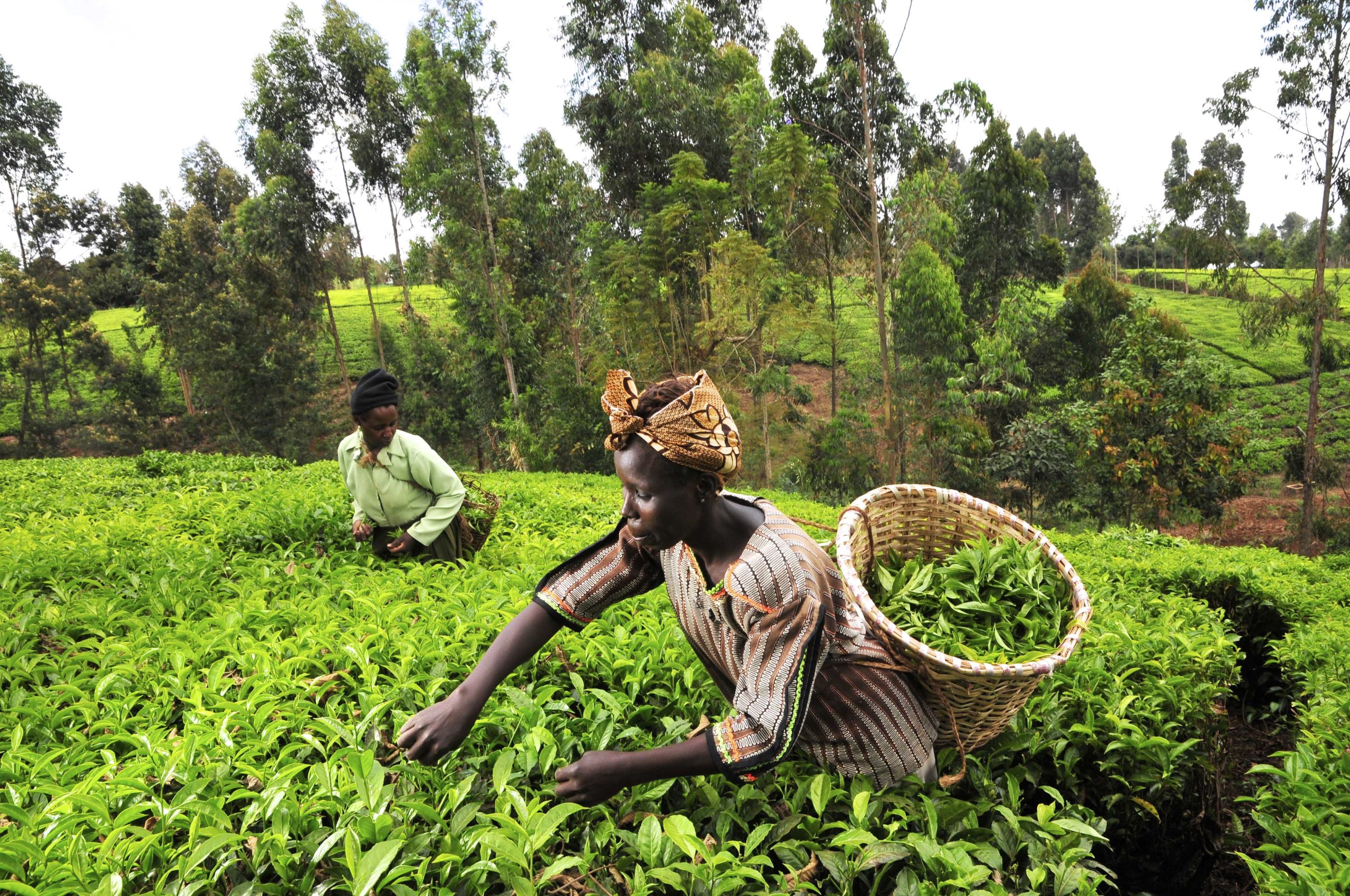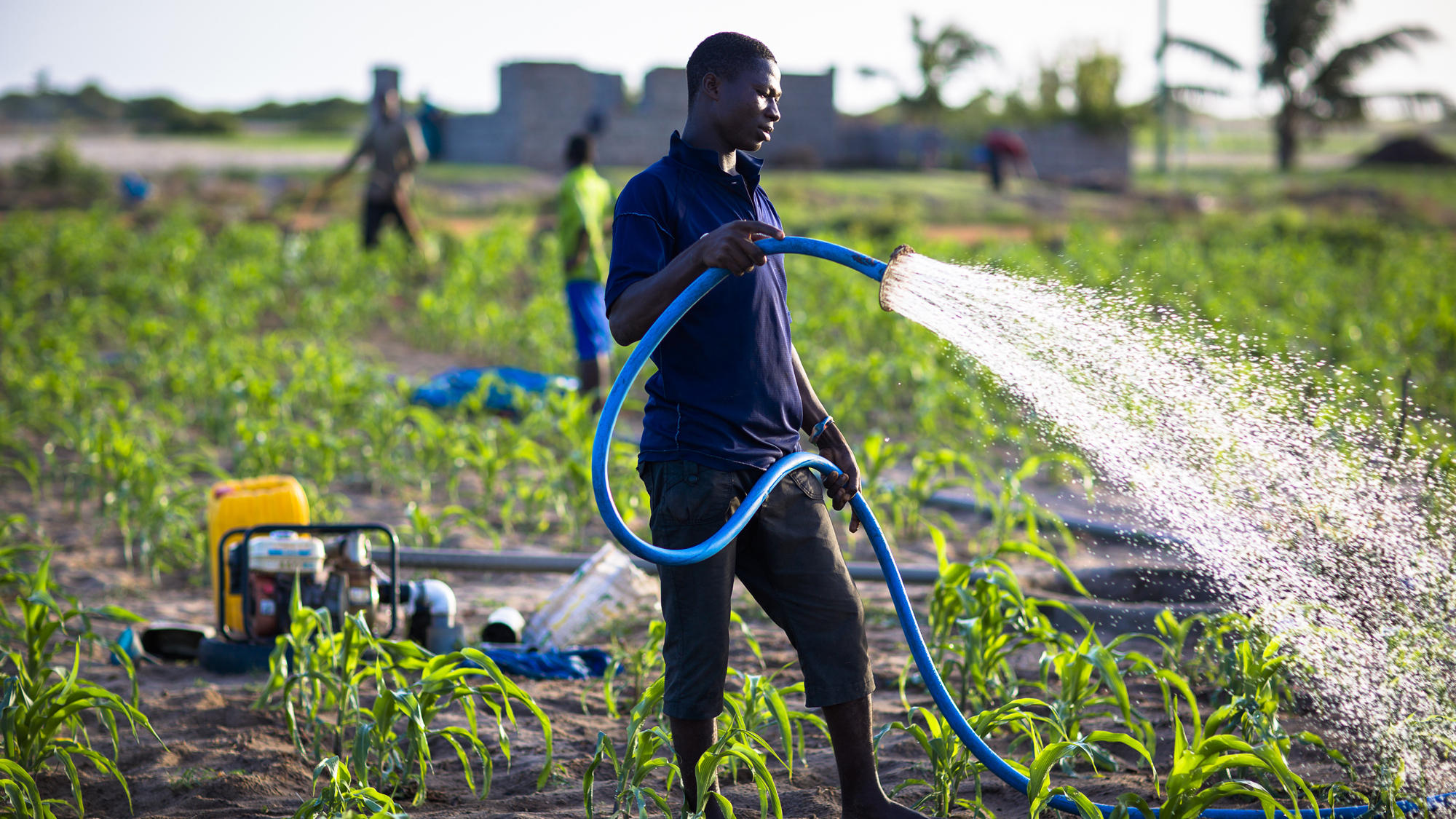Jerry Parkes is managing principal of Injaro Investments, a private equity firm with offices in Accra, Ghana and Abidjan, Côte d’Ivoire. Ahead of the launch of Injaro’s third fund, Parkes spoke with James Torvaney about the major trends and opportunities within the agriculture sector and beyond.
Give us an overview of the different funds under Injaro’s management.
Injaro Agricultural Capital Holdings Ltd (IACHL) is our oldest fund, which closed in 2012. It is an equity fund focused specifically on agribusinesses across West Africa. The total fund size was US$49.2 million, and the average investment was between $2 million to $3 million.
We have also co-managed the Agri-Business Capital Fund since 2019. This is a private credit fund issuing loans of between €200,000 to €800,000 for businesses with revenues of €160,000 and above.
We are currently closing on a third fund, called Injaro Ghana Venture Capital Limited (IGVCF), which is domiciled in Ghana and will make equity investments in Ghana and Côte d’Ivoire across a wider range of sectors. The total fund size is GHS 150 million (roughly US$21 million), with investments of around GHS10 to GHS15 million (US$1.4 to US$2.1 million) in each business.
What are some of the key lessons you have learnt from Injaro’s previous two funds?
There are two main things we are doing differently with this new fund. The first is the choice of fund currency. When the fund is denominated in a foreign currency like euros or dollars, the fund manager can find themselves making a good return in the local currency but, due to currency devaluation, the investors may see a low return in their own currency. This then drives the fund manager to invest in predominantly export-oriented businesses, and neglect thriving businesses in the domestic market. It also makes it hard to crowd in local investors, such as domestic asset managers and pension funds.
Secondly, we have diversified away from solely investing in agriculture. The return expectations for a pure-play agriculture fund are quite low, so we will be looking to invest more in scalable, technology-enabled businesses in sectors like fintech, healthcare, education, manufacturing and industrial services.
You said you want to encourage local investors. Which local investors are you raising capital from, and how successful has it been?
We wanted to craft a product that local investors – and in particular pension funds, as they manage the bulk of the country’s investment assets – could get behind. We have now secured sufficient capital from Ghana’s leading pension schemes to account for more than 50% of the target fund size even before we seek additional funding from the international investors and the development finance institution community.
This would absolutely not have been possible five or 10 years ago. Local investors’ risk appetites are changing – when you look at the listed equity market in Ghana, it accounts for a small percentage of GDP (around 12%), and excludes many significant sectors that we expect to be drivers for economic growth. By limiting investments to fixed income and listed equities, investors are leaving a lot of returns on the table and this was not lost on the pension sector regulator. Consequently, there have been significant improvements in Ghana’s pension regulations since 2010 that have made it not only interesting but almost imperative for Ghanaian pension funds to invest in private equity as part of their portfolios.
I, therefore, expect to see more locally-denominated funds aimed at local asset managers in the coming years.
Highlight some of the trends and opportunities in terms of agribusiness investment.
One thing that has perplexed us is the almost universal aversion to primary production, both from investors and entrepreneurs. Everyone seems to want to do agri-processing, but I think the big opportunities are in tech-enabled primary production.
Yields across the region are still a fraction of those in more established agricultural producing regions such as Asia and South America, and until yields in primary production are improved, the economics for agri-processing are going to be difficult.
What are some specific examples of how tech can be used to improve primary production?
Take land preparation and crop maintenance – I spoke to one business that uses drones to spray crops as a service. Currently, this has to be done manually. But the dosage can be inconsistent, farmhands are not always diligent, and the landowner has to closely supervise the workers to ensure thorough crop maintenance. Using a drone can save time, money, and chemicals with the greater precision it offers. Enhanced services, such as customised dosing of different parts of the field, can also be built around the drone’s field mapping and crop imaging capabilities.
For under-resourced farmers, the key to making this kind of business work is to ensure that the smallholder farmers clearly perceive a cost-saving or a quantifiable increase in yield, or both. This usually means delivering a service, as opposed to requiring the farmers to invest in the technology itself. Examples of this type of service provider include TROTRO Tractor (in Ghana) and Hello Tractor (in Nigeria), that own platforms that connect farmers with tractors and allows them to pay for ploughing as a service, as opposed to having to purchase a whole tractor.
Solutions like these can make primary production farming more viable and should increase yields of crops, which will have knock-on benefits for secondary and tertiary production.
Are there any areas within the agribusiness space you are hesitant to invest in?
One thing we have noticed is people trying to set up Capex-heavy agri-processing businesses where the supply of raw materials is not guaranteed.
For example, one idea that has come across our desk many times is the production of canned tomatoes or tomato puree. People assume that it would be a good business because fresh tomatoes are so ubiquitous and hyper-visible following bumper harvests. However, in many cases, the tomatoes grown locally are the wrong varieties, and yields are maybe a fiftieth or even a hundredth of the yields of competitors in China, the Netherlands, or Italy. The processing facilities would require a huge amount of capital, but the supply of tomatoes themselves is not assured.
So does that mean that we should give up on growing tomatoes?
Whilst there is a lot of focus on processed tomatoes, there is still enough domestic demand for fresh tomatoes to support primary producers selling to the local market. Even if they never reach the yields of their international competitors, they may still be able to sell to local grocers due to quicker lead times and the baseline level of demand for fresh tomatoes, e.g. for high-end catering, which is relatively less sensitive to price.
You have mentioned the opportunities in selling to the domestic market. Where specifically do you see potential here?
There are a couple of themes – one of them is import substitution, in particular packaged food. There is absolutely no reason why Ghana should be importing shea butter products or packaged cashew nuts. Both of these are grown locally, but no significant value addition takes place here.
Another theme is value addition for locally established products. For example, plantain chips, or packaged jollof rice.
Beyond agriculture, there are opportunities to deliver services for the growing middle class, like education, healthcare, and tech-enabled financial services. There are also a lot of opportunities to deliver business services for government agencies and multinational corporations that are required to use local suppliers – things like environmental surveys, equipment maintenance, manufacturing, and catering. Where possible, we will look to provide these local suppliers with working capital to serve these large clients.
What have you learnt from a decade of investing in businesses across West Africa?
One thing we have learnt is that we shouldn’t try to play hero. We should go for companies that are already doing well, and try to make them bigger and better. We shouldn’t go and try to turn around a basket case. For example, one of our better investments from the first fund was Nafaso in Burkina Faso, which produces improved maize, rice and cowpea seeds. In that case, the business was already profitable and had an established client base. We provided them with working capital and made improvements like establishing a board and helping them to recruit key team members who could increase production and supply chain efficiency.
However, I don’t think there are enough of these established businesses where we can just provide working capital. There will be cases where we have to build assets from scratch, which may mean years before we can even start ramping up production. So another trend that I expect to see is more permanent investment vehicles, as the traditional 10-year private equity fund structure often does not allow enough time to realise the investments’ value.
Source: Howwemadeitinafrica










